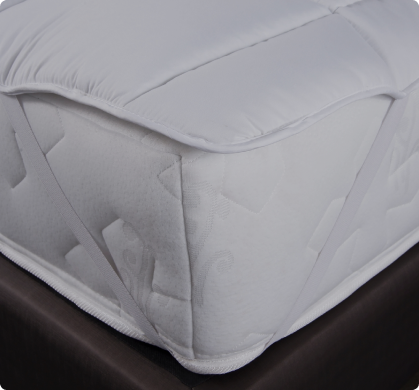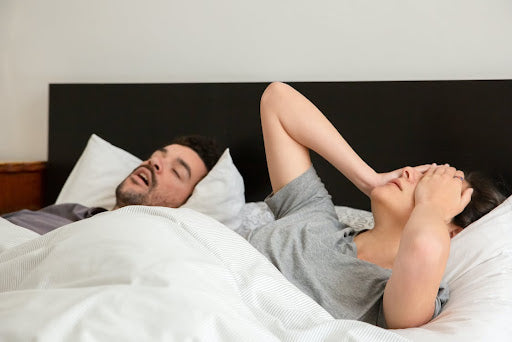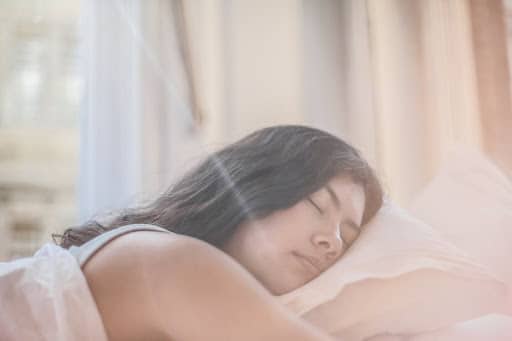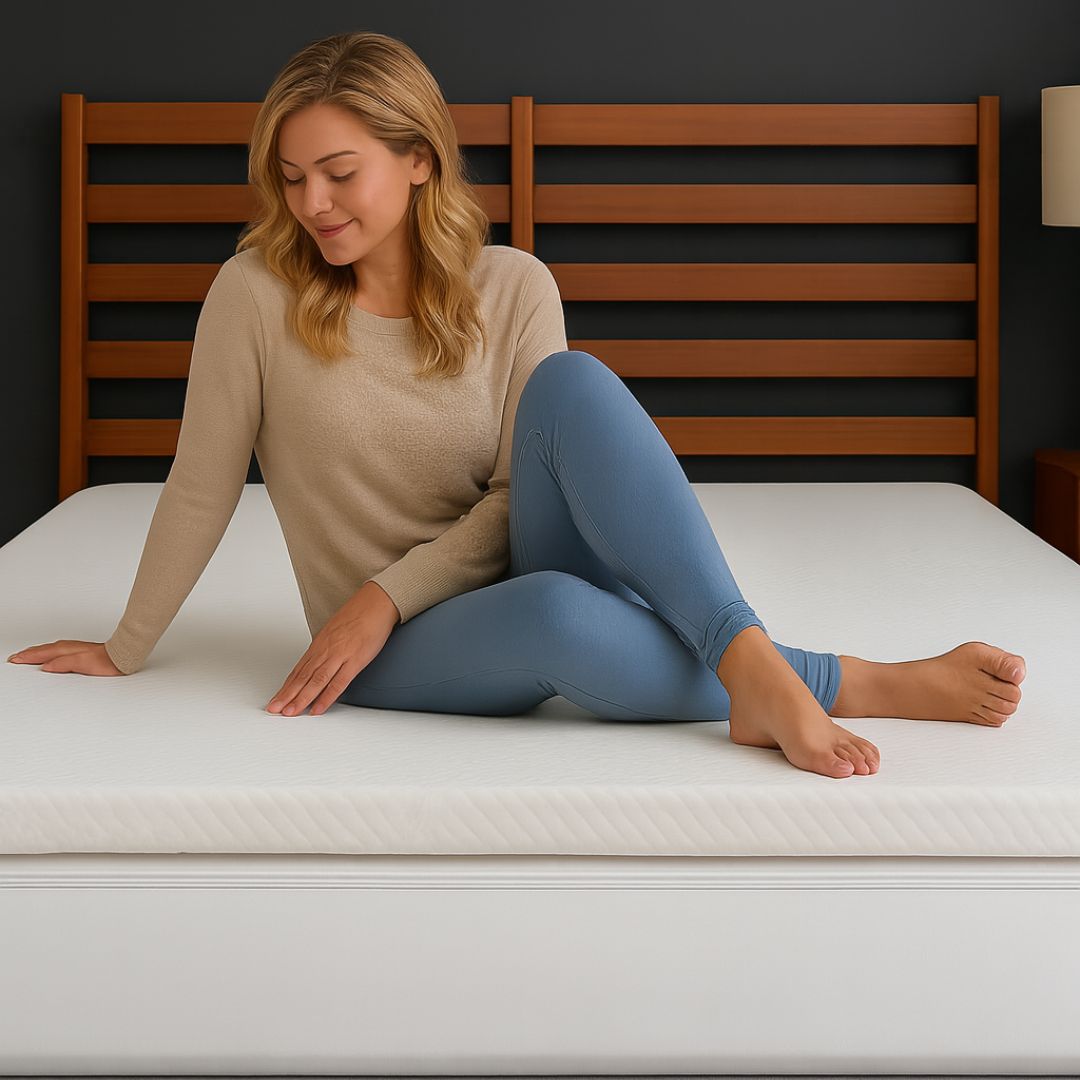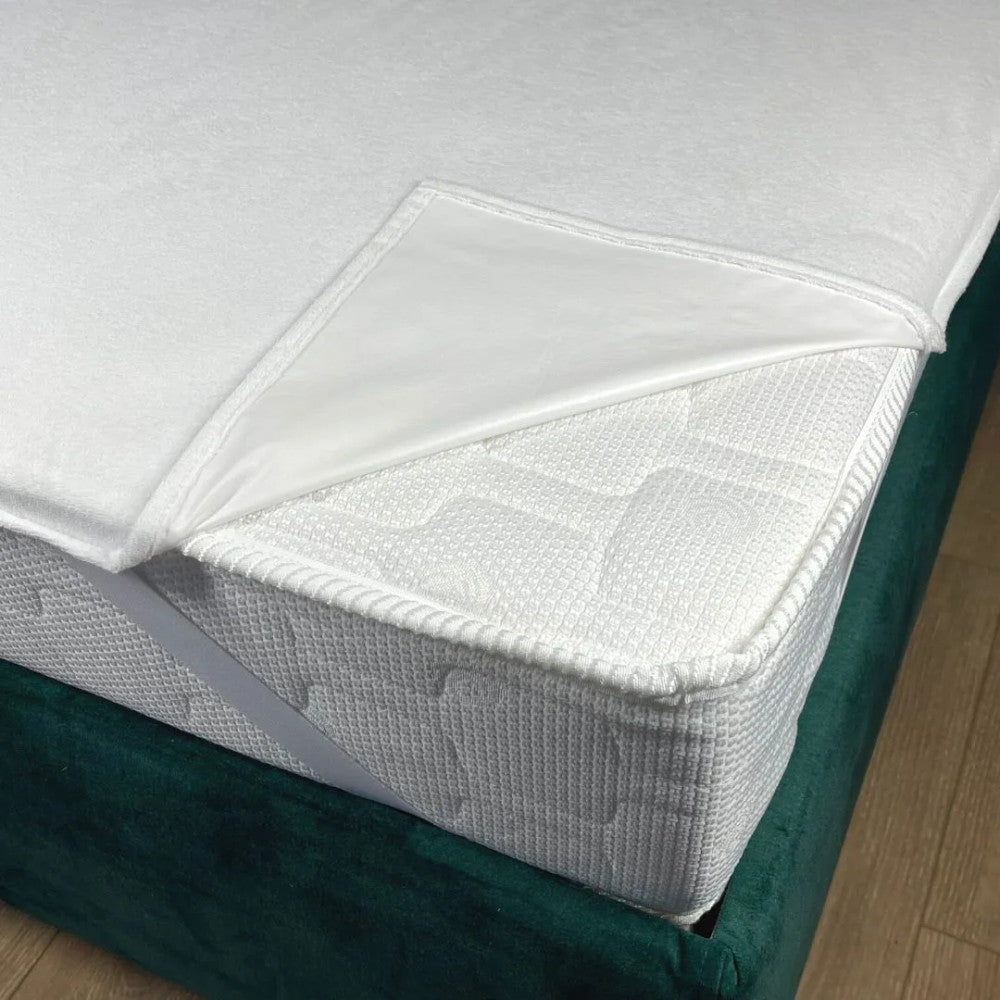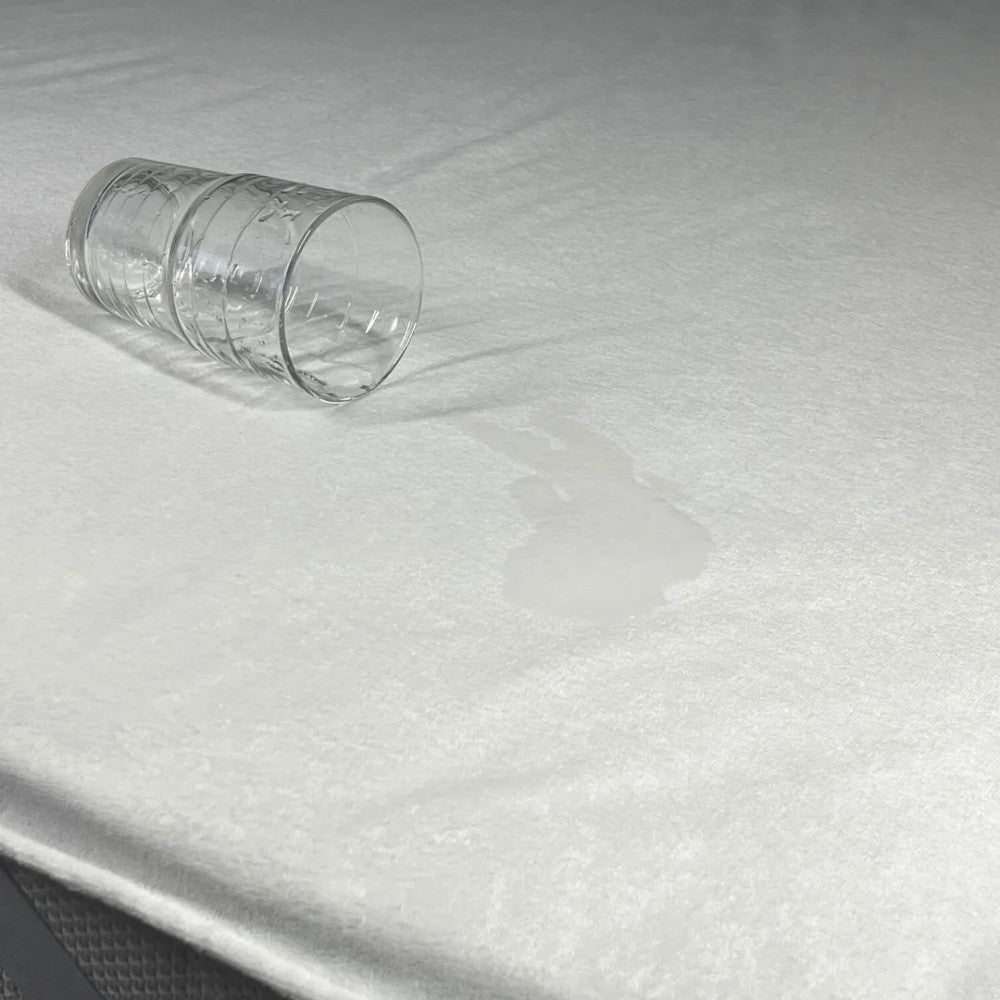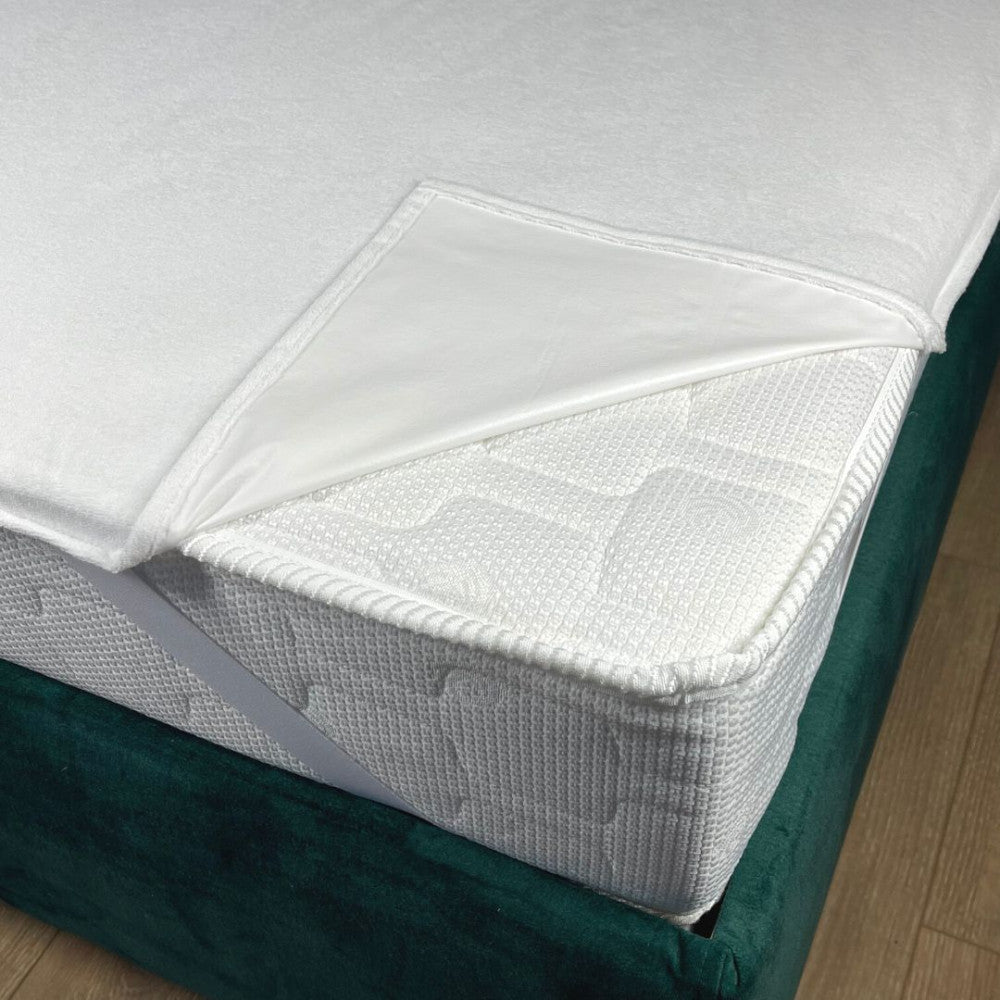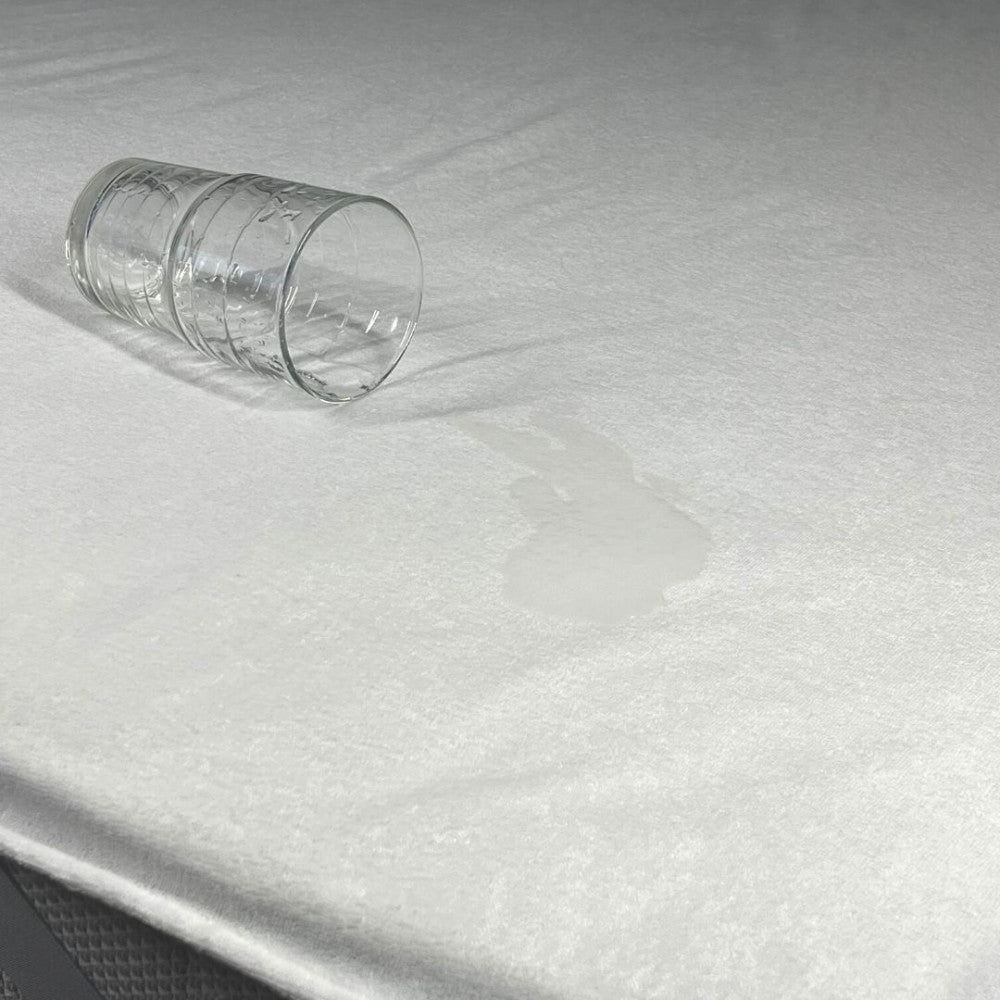If you have a dry mouth in the morning, you wake up with a headache and you feel sleepy all day, you may be suffering from sleep apnea.
According to surveys, 4% of the Hungarian population suffers from severe sleep apnea and 10% from mild sleep apnea. But what are the symptoms of sleep apnea? What causes the disease and why is it worth treating it?
We will present these, among others, to you in this article.
What is obstructive sleep apnea?
Obstructive sleep apnea (OSA) is the most common type of sleep apnea. It causes the nose to become blocked and the soft tissues of the throat, such as the muscles that support the tongue and soft palate, to relax.
As a result, the airways narrow or even completely block, preventing breathing.
Normally, air should flow smoothly from the mouth and nose into the lungs even during sleep.
Sometimes this does not happen, and the periods when breathing stops completely are called apneas or apneic episodes. In OSA, normal airflow stops several times during the night.
Sleep apnea is very often accompanied by snoring, which is caused by a blocked airflow.
And untreated OSA can cause serious health problems in the long term, such as:
- high blood pressure (hypertension)
- heart disease
- stroke
- diabetes
- atrial fibrillation (abnormal heart rhythm)
- pulmonary hypertension

Symptoms of obstructive sleep apnea
Most people with OSA experience daytime fatigue and sleepiness, mainly because sleep apnea causes the brain and body to not receive enough oxygen, resulting in very poor sleep quality.
In addition, additional symptoms:
- the loud snoring
- the panting
- drowning
- and sleep apnea.
People with OSA may also experience the following symptoms:
- morning headache
- bad mood
- forgetfulness
- drowsiness
- worsening depression
- poor performance at work
- impotence, decreased libido, or in severe cases, a complete lack of sexual desire
- night sweats, restless sleep
- memory problems.
Furthermore, due to daytime sleepiness, people with sleep apnea are at higher risk of road accidents. This is why, for example, legally, if someone's breathing stops or pauses more than 15 times during the night, they are not allowed to drive.
What causes obstructive sleep apnea?
Let's take a closer look at what causes sleep apnea.
Sleep apnea can be caused by, among other things:
- the so-called hypoventilation syndrome caused by obesity;
- hypothyroidism, acromegaly, and polycystic ovary syndrome, which can also affect breathing during sleep;
- chronic lung diseases such as asthma or chronic obstructive pulmonary disease (COPD);
- stroke;
- enlarged tonsils;
- the excessively large tongue;
- smoking;
- genetic predisposition;
- an excessively narrow palate;
- heart or kidney failure, which can cause fluid buildup in the neck, which can block the upper airway;
- It can also occur during pregnancy.

Diagnosis of sleep apnea
The diagnosis of sleep apnea begins with a complete medical history and physical examination. However, a history of daytime sleepiness and snoring is always an important clue.
In this case, the doctor will examine the head and neck to see if there are any physical changes (such as enlarged tonsils) that could be associated with the disease.
If this can be ruled out, a sleep study may be performed at home or in a sleep lab. In the first case, you will be given a device that monitors your sleep at night (including blood oxygen levels, airflow, and snoring). During the lab study, your sleep will be measured using EEG, EMG, and ECG.
After the results are evaluated, treatment can begin.
Treatment of sleep apnea
As you can see, the goal of treating sleep apnea is to ensure the free flow of air.
This can be done in the following ways.
Weight loss
If OSA is caused by being overweight, you must definitely lose the excess weight.
Although it may not lead to complete remission, losing weight can reduce the severity of OSA and blood pressure, improving quality of life and even eliminating daytime sleepiness altogether.
Continuous positive airway pressure (CPAP)
Continuous positive airway pressure (CPAP) therapy is the primary treatment for OSA. It involves wearing a face mask to help you breathe at night, which provides a steady, positive flow of air to keep your airways open at night.
Bilevel positive airway pressure (BPAP)
Bilevel positive airway pressure (BPAP) devices are used when CPAP therapy is not effective enough.
BPAP machines not only assist with inhalation, but also with exhalation.
Side sleeping
Since sleeping on your back (supine) can worsen OSA in some people, you need to “learn” to sleep on your side. This can be done, for example, with a lumbar ball sewn into your nightgown.
Surgery
Surgery is most often considered when CPAP or BPAP machines are not effective enough.
In this case, the excess tissue that causes snoring or obstruction is removed.
Is there a suitable pillow for sleep apnea?
While a pillow alone won't cure sleep apnea, it can potentially reduce the number of apneas and also make the CPAP machine more comfortable, thus improving the quality of your sleep.
There are products specifically designed for CPAP wearers. pillows that help you sleep on your side. They also have different recesses for the cables of CPAP devices.
Tip: look at the our pillows !
You need more than just a pillow
It is important to note that a new pillow will not solve the problems associated with sleep apnea, it will only alleviate the symptoms. First, a diagnosis is needed, which can be made at any sleep lab, and from there you can move on to the next treatment.
Fortunately, obstructive sleep apnea is not an incurable disease, it can be treated very effectively, for example with the aforementioned CPAP devices, which can help you feel fit and energetic again in the morning.

